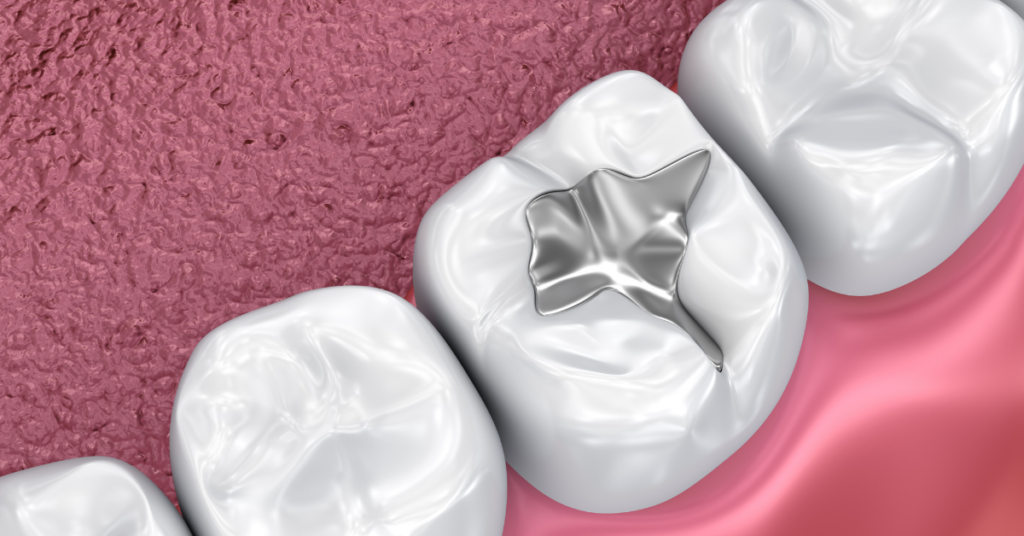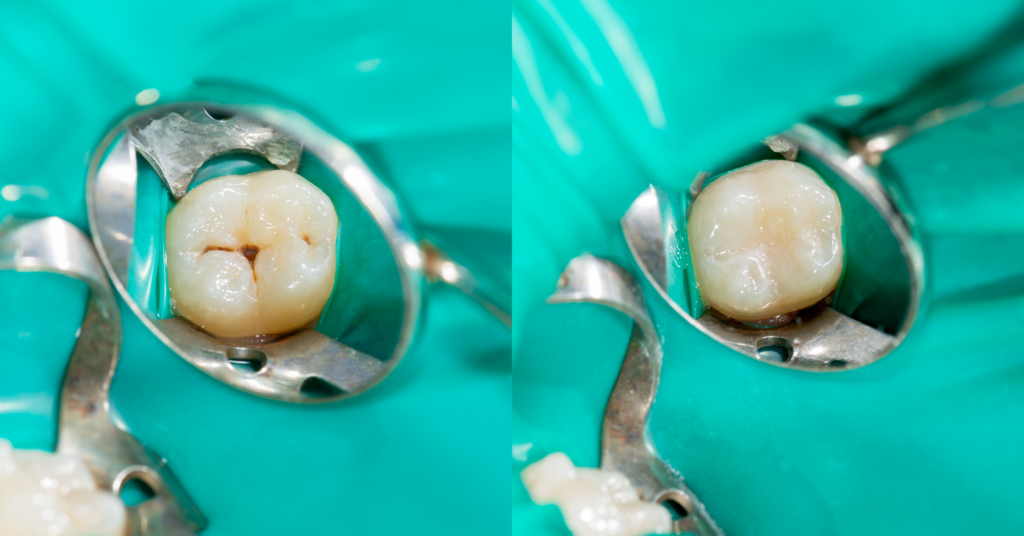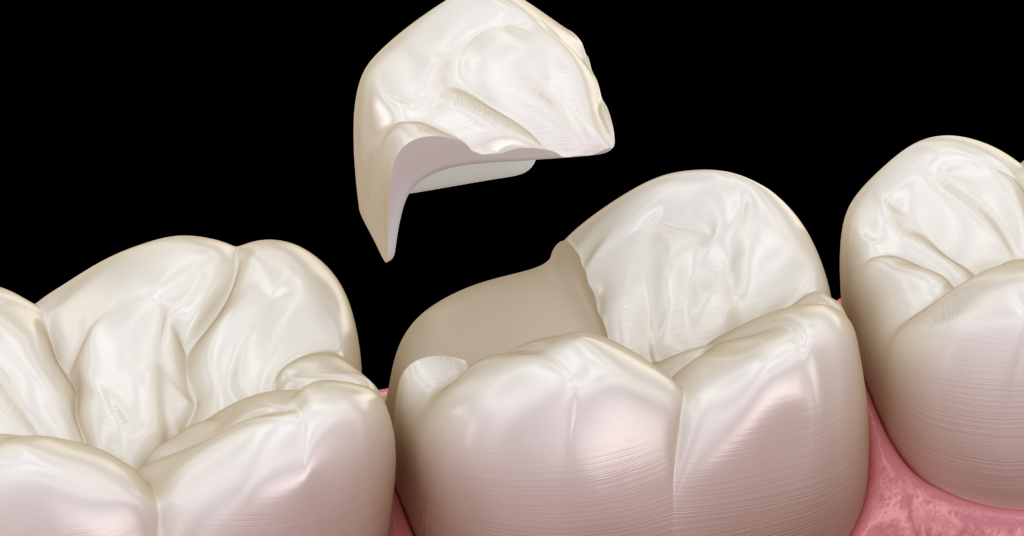Understanding Different Types of Dental Fillings and Their Uses for White Rock Residents

In White Rock, BC, dental fillings are a crucial aspect of maintaining oral health due to our community’s emphasis on well-being and active lifestyles. Ensuring the integrity and function of your teeth is essential, whether you’re enjoying our beautiful beaches or engaging in local outdoor activities.
The advancement in dental materials and techniques has led to a variety of filling options, each with its unique advantages, disadvantages, and applications. Choosing the right type of dental filling is crucial, but it’s equally important to feel comfortable and calm during the procedure. For those who experience dental anxiety, there are effective strategies to overcome this fear.
Different Types of Dental Fillings
Amalgam
Amalgam fillings, also known as silver fillings, have been used in dentistry for over a century. They are made from a mixture of metals including silver, mercury, tin, and copper. Amalgam is known for its durability and strength, making it suitable for fillings in the back teeth where chewing forces are greatest.
They are particularly suited for restoring large cavities in molars and are recommended for areas where moisture control presents a challenge. While discussing the longevity of dental fillings, it’s also useful to consider the durability of other dental restorations, such as dental implants, which offer a long-term solution for missing teeth. They offer the advantage of high durability, with a typical lifespan of 10 to 15 years or more, and are less expensive compared to composite fillings.
For our active residents in White Rock, the durability of amalgam fillings makes them a reliable option for those who enjoy sports and outdoor activities.
However, their use comes with several disadvantages, including poor aesthetics due to their metallic color, which makes them more noticeable than other filling types.
Additionally, the placement of amalgam fillings requires the removal of more tooth structure compared to alternatives. There are also concerns regarding their mercury content; despite these concerns, amalgam fillings have been deemed safe by major health organizations.
Composite

Composite fillings, made of a plastic and glass mixture, are designed to blend seamlessly with the natural tooth color, providing a more discreet solution than traditional fillings. They bond directly to the tooth, which can help to support the remaining tooth structure.
They are versatile and can be used for both front and back teeth, making them suitable for small to mid-sized cavities as well as for cosmetic improvements to enhance the smile. Additionally, the process of placing composite fillings generally requires the removal of less tooth structure compared to amalgam fillings, helping to preserve more of the natural tooth.
However, despite these benefits, composite fillings do have some drawbacks. They are less durable than their amalgam counterparts, with a typical lifespan of 5 to 10 years, and they tend to be more expensive.
Furthermore, the process of placing composite fillings is more time-consuming than with amalgam fillings, which may be a consideration for those looking for a quicker solution.
Gold
Gold fillings, also known as inlays or onlays, are considered the most durable filling material and can last more than 20 years. They are well-tolerated by gum tissues and offer a high degree of strength. They are an excellent option for individuals prioritizing longevity in their dental restorations and are particularly suitable for molars owing to their impressive durability.
They are highly durable, capable of withstanding the forces of chewing, and are regarded as the most biocompatible metal used for fillings, minimizing the risk of allergic reactions or sensitivity.
However, the use of gold as a filling material comes with its set of disadvantages. It is the most expensive option available and will require two dental visits to place correctly. Moreover, despite their durability and biocompatibility, gold fillings, if not done masterfully, are not aesthetically pleasing to everyone. The Tucker style of conservative cast gold restorations are placed in such a way that they are not visible to the observer of the smile.
Gold restorations live up to the saying “do it right, do it well and do it once”. For individuals considering more permanent solutions beyond fillings, exploring the two types of dental implants can provide insights into alternatives for restoring missing teeth.
Ceramic

Ceramic fillings, primarily made of porcelain, offer superior aesthetics and resistance to staining compared to composite fillings.
They are durable and typically have a lifespan that can range from 5 to 15 years, and in some cases, even longer with proper care, making them an excellent choice for those looking for a blend of functionality and natural appearance.
They are the go-to option for restorations in visible areas of the mouth, thanks to their natural appearance that closely mimics that of natural teeth. They are especially suitable for inlays, onlays, and crowns, where aesthetics are a primary concern.
One of the standout advantages of ceramic fillings is their excellent aesthetic results; they offer a color match that is unparalleled, blending seamlessly with the surrounding teeth. Additionally, they are highly resistant to staining and abrasion, ensuring that the restored teeth maintain their appearance over time.
However, the superior aesthetic and durability benefits of ceramic fillings come at a higher cost compared to composite and amalgam fillings.
Furthermore, the process of placing ceramic fillings typically requires at least two visits to the dentist’s office, as these fillings are custom-made in a laboratory to fit the precise dimensions of the prepared tooth, adding to the overall treatment time and cost.
Glass Ionomer
Glass ionomer fillings are made from acrylic and a specific type of glass material. One of their biggest advantages is their ability to release fluoride over time, which aids in preventing further decay of the tooth.
However, they are less durable than other types of fillings and are more susceptible to wear and tear. They are commonly employed in pediatric dentistry, making them a popular choice for children’s teeth.
They are particularly ideal for fillings below the gum line and for treating root cavities, thanks to their unique properties. Additionally, they exhibit good adhesion to the tooth structure, ensuring that the filling remains secure.
However, these fillings are not without their drawbacks. Aesthetically, they are less appealing than composite or ceramic fillings, as they do not match the natural tooth color as closely. Maintaining oral hygiene is crucial, especially for those with braces.
The choice of filling material should also consider the ease of cleaning around dental appliances to prevent decay. Moreover, in terms of strength and durability, glass ionomer fillings fall short when compared to other filling materials only lasting up to 5 years depending on the specific formulation of the glass ionomer used, the size and location of the filling, and the care it receives, making them a less favorable option for areas subjected to heavy chewing forces.
Achieving a perfect smile isn’t just about filling cavities; it’s also about ensuring your teeth are as white and bright as possible. Understanding your tooth whitening options can complement your dental care routine.
Conclusion

The choice of dental filling material depends on various factors, including the location of the cavity, the extent of the decay, aesthetic considerations, and budget constraints. While amalgam and composite fillings are the most commonly used, advancements in dental materials have broadened the options available to patients and dentists alike.
Understanding the different types of dental fillings and their specific uses allows patients to make informed decisions about their dental care, ensuring that their treatment not only restores function but also aligns with their overall health and aesthetic goals.
For residents of White Rock, consulting with a trusted local dentist at Smile Dental Implant Center, like Dr. William Liang, ensures you receive advice tailored to your needs and the unique lifestyle we enjoy in our community. Our clinic is dedicated to providing the White Rock community with top-notch dental care, ensuring a healthy, functional, and beautiful smile.
In navigating the complexities of dental fillings, the importance of expert advice and quality care cannot be overstated. Whether you’re dealing with a cavity that needs filling, considering cosmetic dental options, or simply looking for a trusted dental care provider, our team is here to guide you through every step of the process.
Let us, your neighborhood dental clinic in White Rock, help you achieve and maintain a healthy, beautiful smile that lasts a lifetime. We understand the specific needs of our community and are here to provide professional, compassionate care tailored to you. Don’t wait to get the care you deserve.
Visit us in White Rock and experience the difference that local, professional dental care can make in your health journey. Schedule your appointment today and take the first step towards a brighter, healthier smile.